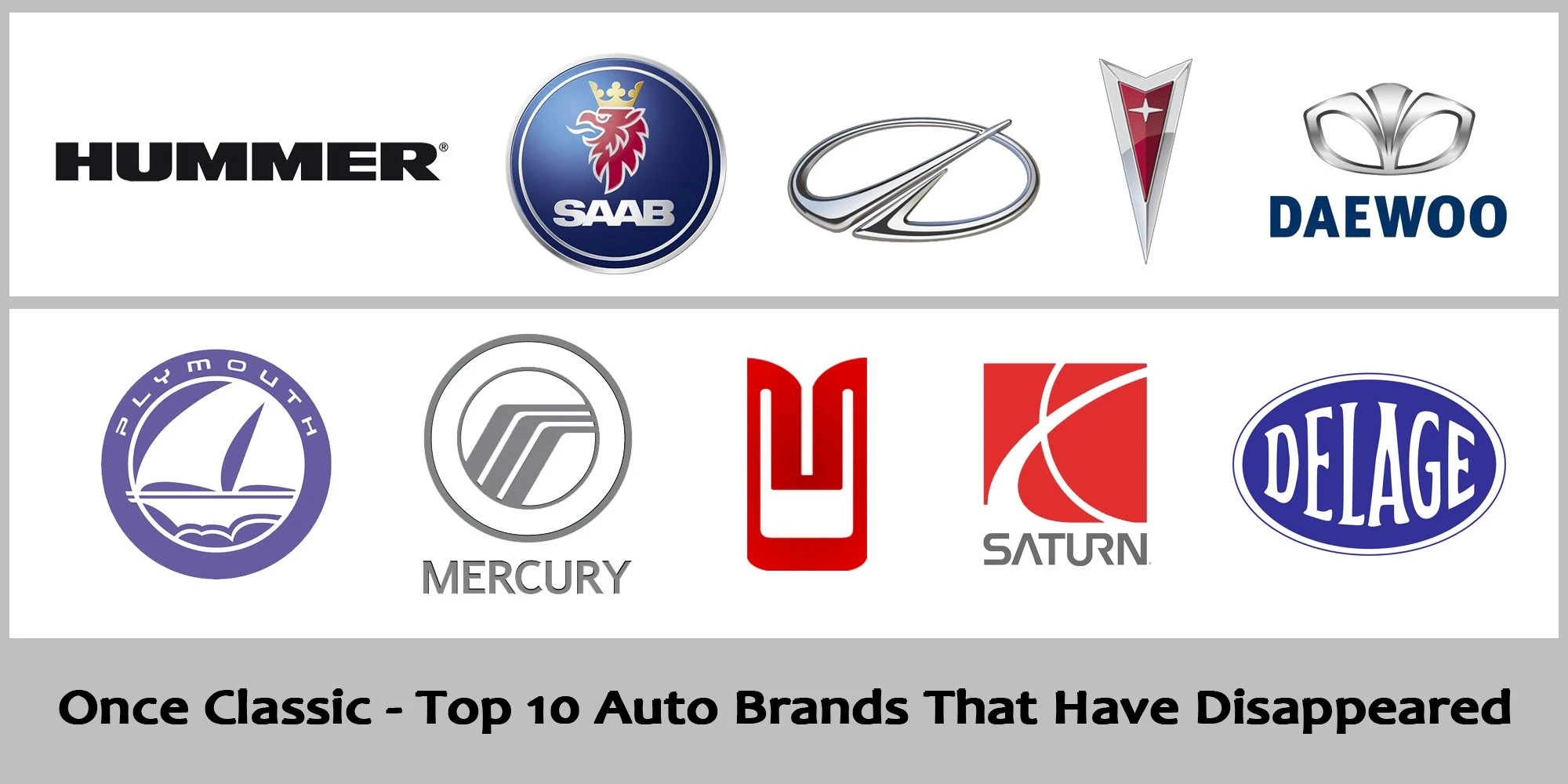● Plymouth (1927-2001)
Classic Index: ★★★☆☆
Brand highlights: a model for American intermediate cars
Reasons for disappearance: lack of competitive products, financial crisis of the 1980s.
Plymouth is a car brand of Chrysler Corporation. Plymouth is the name of a well-known British port. In the past, a group of monks traveled from this port in Britain to the United States on the sailing ship Zevlava. The name means smooth sailing. Plymouth’s trademark pattern is the sail pattern of the sailing ship “Zevlava” that monks once took.

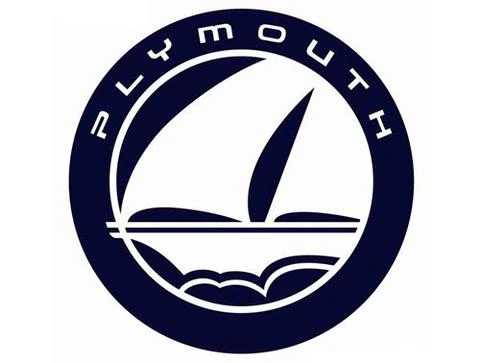

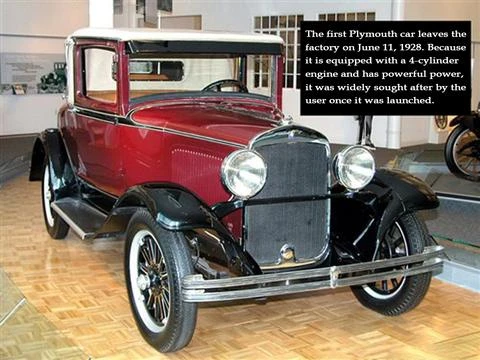
Plymouth was officially founded in 1927, mainly producing models lower in price than Chrysler and Dodge to seize the low-cost car market. The first model was delivered on June 11, 1928. Because it was equipped with a 4-cylinder engine and was powerful, it was widely sought by the user after it was launched.

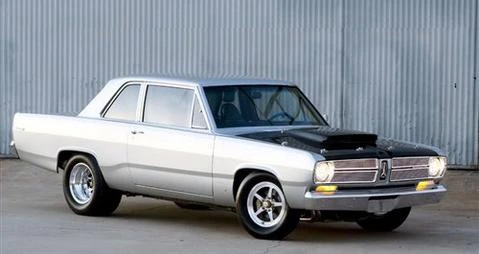
During the subsequent 74 years of development, many classic models emerged in Plymouth. Example: Valiant of Plymouth in 1959. In the 1980s, due to low quality, lack of personality, conservative design and other shortcomings, sales of this model dropped sharply and production was stopped.

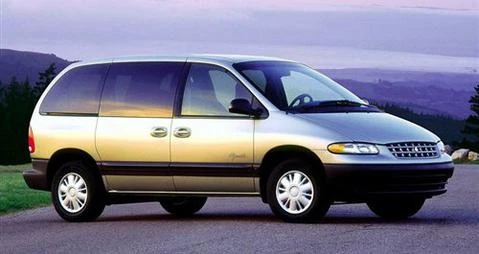
On November 2, 1983, the former Chrysler company manufactured the first van, the Plymouth Jet Dragon, at the Winsor Assembly Plant in Ontario, Canada. The first Van station wagon was advertised in the United States as a “magic wagon.” In the first sales year following the launch of the van, the sales of Pacifica and Dodge Caravan (built on the same platform as the Pacifica) owned by Chrysler reached 210,000 units. At that time, the United States was experiencing economic recession, and Pacifica was outstanding in the process of Chrysler’s resurgence.

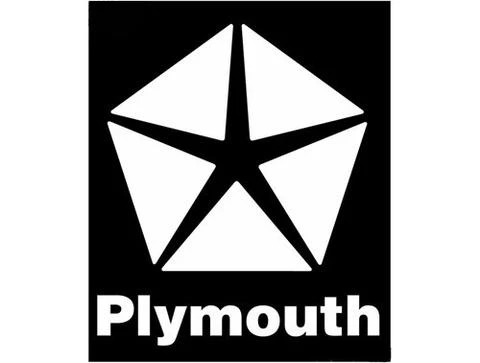
In order to save the classic brand, in 1995, Chrysler invested a lot of money, changed the logo, redesigned the series of vehicles, and specially launched the Prowler. However, the heavily-lossed Plymouth brand has no prospects for development.

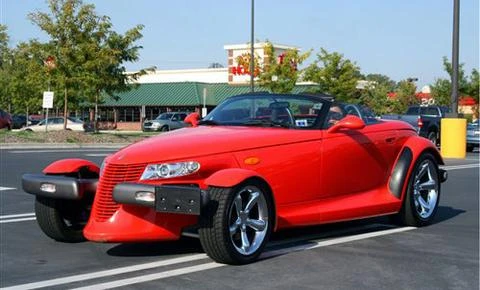
In addition, the Plymouth Prowler, which was born in 1997, is a true American sports car, representing the cultural of the United States and its nation, and illustrates the diversity and inheritance of American culture. By the end of 2001, Plymouth’s products were no longer produced, and the only exception was the Prowler. Since the market demand was still large, it was incorporated into the Chrysler brand and continued to be produced and sold.
In the late 1990s, Chrysler, which suffered a huge loss, constantly threatened the safety of the entire Daimler-Chrysler Group. In consideration of the Daimler-Chrysler brand strategy, by the end of 2001, the Plymouth brand was eliminated. At the same time, Chrysler also promised that for all Plymouth users around the world, the service purpose has not changed, and the supply of parts will not be terminated.
● Mercury (1935-2010)
Classic Index: ★★★☆☆
Brand highlights: One of the representatives of American muscle car brands
Cause of disappearance: Too much dependence on Ford, the impact of the 2008 financial crisis.
Mercury is a Intermediate and premium sedan brand owned by Ford. In 1935, it was founded by Henry Ford’s son Edsel Ford. From the beginning, the Mercury brand was only a division in Ford and did not launch a separate model or trademark. Its main job was to find its position in the North American market and analyze the situation of its competitors in the same city. In 1938, the first model of the Mercury brand was successfully designed and named Mercury 8, and 58,000 were sold in the first year.

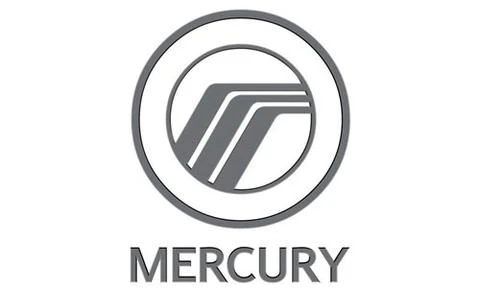
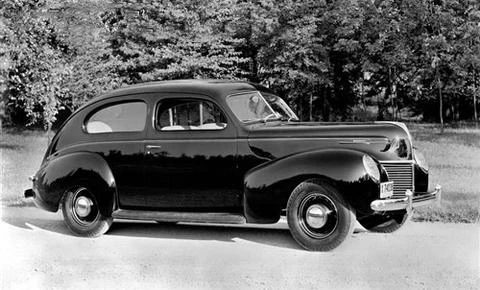
In the history of Mercury’s development, it has experienced two development peaks. The first time was in the 1960s and 1970s, when American muscle cars were prevalent, and the Mercury brand played a very important role in the era of the development of muscle cars. The second time was in the 1990s, when Mercury launched quite a few new models. In 1993, it created a new sales volume of up to 480,000 units. In the 75 years of Mercury’s development, classic models include Cougar, Capri, Grand Marquis, and more.

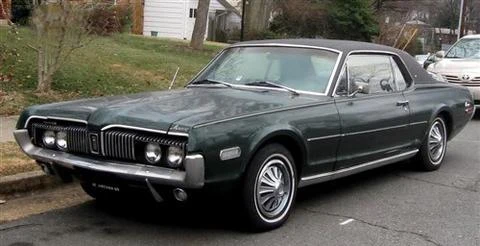
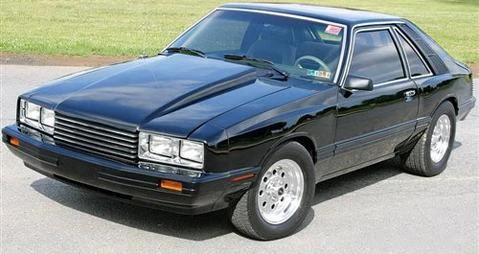
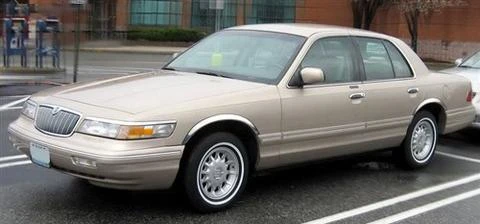

By the 21st century, the Mercury brand development very difficult, the new model is less and less, and it tends to be Ford models, gradually lost their own style. Also introduced Ford OEM models. By 2010, the total sales volume Mercury has less than 9 million units, market share in North America accounted for only 1 percent, while Ford was 16%. So in June 2, 2010, Ford officially announced the closure of the Mercury product line by the end of 2010.
● Moskvich (1930-2003)
Classic Index: ★★★☆☆
Brand highlights: Flags of the Soviet automotive industry, once the most popular brand among Russians
Reason for disappearance: old production platform, difficult transformation, and poor quality.
Moskvich Automobile Factory was established in 1930 and occupied the leading position of the Russian automobile industry in the 1970s and 1980s. It was once regarded as a leader of the Soviet automobile manufacturing industry. Moskvich produced the first batch of Moskvich cars in 1947, and then gradually increased Moskvich to the top spot of the Soviet Union’s largest automaker as its market share increased.

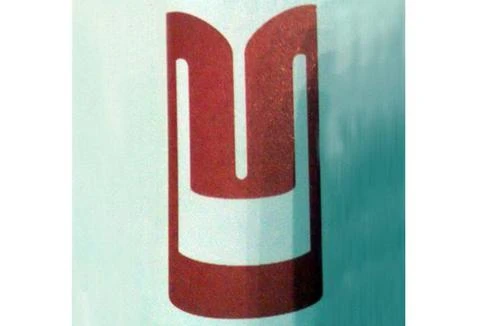
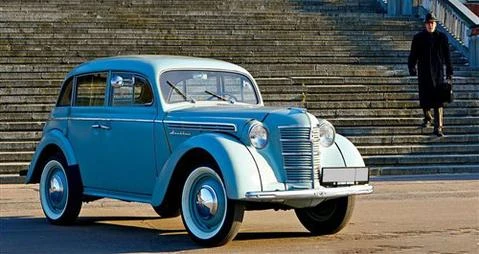 Speaking of this brand, in fact, it has a connection with Opel. The German defeat in 1945, the Russian army occupied eastern Germany, and the German industrial bases in the east became the loot of the Soviet Red Army. Several automobile production lines, including the Opel Sergeant K38, fell into the hands of the Russians. After careful analysis, the Russians thought that the Sergeant K38 sedan was more suitable for the needs of the Soviet postwar society. So they left the DKW-F8 sedan (one of Audi‘s predecessors) production line to the East German government and brought the Sergeant K38 production line returned to Russia. Sergeant K38 production line was handed over to the Lenin Komsomolskaya Automobile Factory (the predecessor of the Moskvich Automobile Factory) built by a group of passionate Moscow university students. After two years of preparation, the first “Moskvich” cars were produced in 1947. Named the Moskvich 400, the market price was 9,000 rubles, and it was the cheapest car in the Soviet Union at that time.
Speaking of this brand, in fact, it has a connection with Opel. The German defeat in 1945, the Russian army occupied eastern Germany, and the German industrial bases in the east became the loot of the Soviet Red Army. Several automobile production lines, including the Opel Sergeant K38, fell into the hands of the Russians. After careful analysis, the Russians thought that the Sergeant K38 sedan was more suitable for the needs of the Soviet postwar society. So they left the DKW-F8 sedan (one of Audi‘s predecessors) production line to the East German government and brought the Sergeant K38 production line returned to Russia. Sergeant K38 production line was handed over to the Lenin Komsomolskaya Automobile Factory (the predecessor of the Moskvich Automobile Factory) built by a group of passionate Moscow university students. After two years of preparation, the first “Moskvich” cars were produced in 1947. Named the Moskvich 400, the market price was 9,000 rubles, and it was the cheapest car in the Soviet Union at that time.

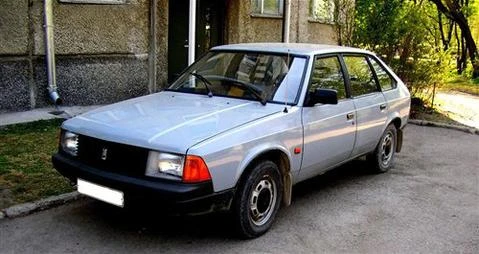
In the history of the development of the Moskvich, the more classic model is the Moskvich 2141. This model was put into production in 1986 and imitated the French Simca 1307 model. It not only abandoned the rear wheel drive method used by traditional Soviet cars, but changed to front wheel drive, and used the latest Mcpherson front suspension and torsion beam rear suspension. In addition, the wind resistance coefficient of 2141 is only 0.35, which was very remarkable in that era. Coupled with the French beautiful appearance, 2141 was enthusiastically sought after by the market and was quickly accepted by Western European countries after it was put on the market.


As for the collapse of Moskvich, the earliest Moskvich automobile factory was built as a highly integrated, large and comprehensive factory at the beginning of the design. It integrated the production processes such as stamping, casting, welding, and painting, making the modification of the product extremely difficult. Coupled with poor operations in the 1990s, unsatisfactory auto service guarantees, and a sharp decline in brand reputation, Moskvich owed nearly $ 1 billion in debt. In 2001, Moskvich only produced about 800 cars, and in 2002, there was no car produced. As a result, 1,500 employees did not receive wages for nearly a year.
Because 60% of the shares of the Moskvich plant are controlled by the state, and most of the debt is also owed to the Russian Ministry of Finance, the Russian government tried to save Moskvich, but in the end it failed, and it finally stopped production in 2003. Moskvich gradually disappeared into people’s memory.
● SATURN (1982-2009)
Classic Index: ★★★☆☆
Brand highlights: Good vehicle quality is enough to fight Japanese cars
Cause of disappearance: no profound cultural, GM don’t value it.
Saturn is a young brand. In 1982, GM established the Saturn branch in Spring Hill, Tennessee, to counteract the impact of Japanese cars on American automakers. Applying GM’s most advanced technology to design and produce small size American-style economic cars. In 1990, Saturn Automobile was formally put into production, and the first car was put on the market in 1991.

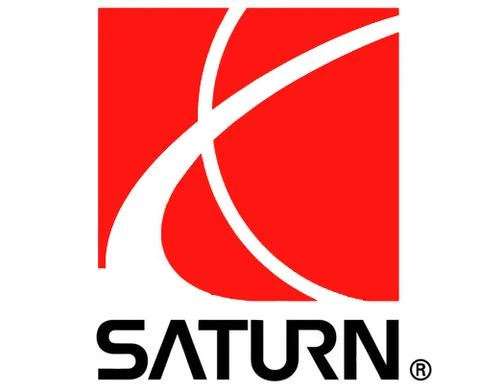
As a young brand, Saturn has no historical and cultural restrictions. Its brand purpose is to “manufacture the cars that consumers need.” With market demand as the design criterion, it uses the most advanced technology and design concepts to make a difference and be light. This is also the starting point for many Japanese manufacturers when designing products.
By 1993, Saturn’s products squeezed into the top ten best-selling models in the American automotive market. In 1993, it ranked third in the JD Power new car quality survey, second only to Lexus and Infiniti, and outperformed Toyota. In 1997 it was tied for first place with Lexus.

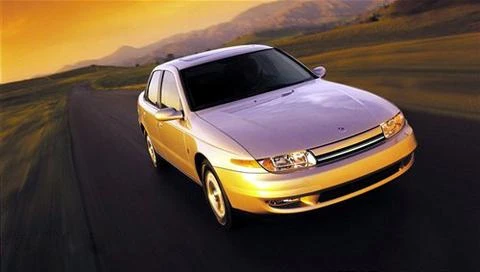
As one of GM’s brands, Saturn is also produced on the same platform as other brands’ products. According to GM’s assumption, the prototype of Saturn’s products will come from Opel, which is Opel’s North American brand.

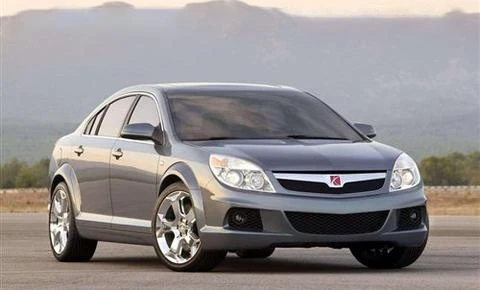
The major models produced by the Saturn brand include Aura, Sky, Vue, etc. Among them, Aura is one of the global models developed by GM, which is almost the same as the Buick LaCrosse. Compared with Buick’s luxurious image, Saturn Aura is more dynamic. Buick’s “straight waterfall” front grid was replaced by Saturn-style silver bars. The design of Saturn Aura is quite similar to Opel.

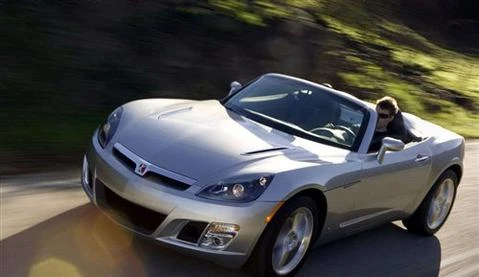
Saturn Sky is a favorite sports car for North American consumers. The 07 Saturn Sky red line has outstanding performance, and it takes 5.5 seconds to accelerate from 0 to 100 kilometers. This sports car uses a 2.0L turbocharged engine and uses Ecotec technology. The output is 260 horsepower. It was GM’s most efficient engine at the time.


In the mid-to-late 1990s, GM began to focus on the Oldsmobile and Buick brands. Due to insufficient support, in the late 1990s, it almost ruined the once promising Saturn brand. Since then, the development of Saturn has encountered the dilemma of tight funding and declining sales. Without waiting for the GM Saturn car revival plan, the Saturn brand was finally abandoned in 2009.
● Delage (1905-1954)
Classic Index: ★★★☆☆
Brand highlights: had a glorious racing history and many classic luxury sports models
Reason for disappearance: The economic crisis has reduced the demand of luxury cars and the lack of funds has caused the brand to disappear.
The French Delage Company was established in 1905, specializing in the production of premium cars, and ceased production in 1954. Its first car, the A type, was first born in 1906. It used a horizontal bar design. Later, it also introduced many classic four-cylinder and six-cylinder models.

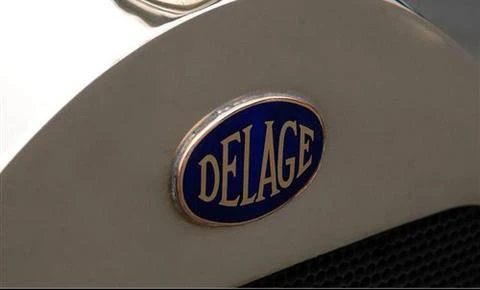
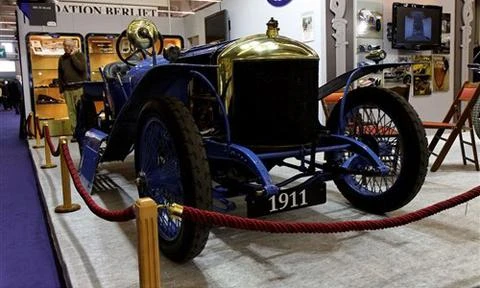
In 1909, Delage had its own engine. In 1911, the X type won the “Coupe de l’Auto” Grand Prix in Brauny, France. Since then, Delage has shifted its focus to the production of six-cylinder luxury models. Delage really became famous after the First World War. The CO type in 1918 and the CO2 type in 1921 were both works that shocked the times. In the same year, the CO2 type completed the journey from Paris to Nice in 16 hours, with an average speed of 42 mph, which was an amazing achievement at the time.


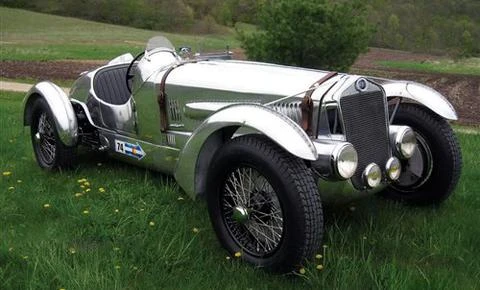
In the 49 years of Delage’s development, there have been too many classic models. In addition to the models introduced above, there are Delage in 1910, Delage-DR70 in 1930, Sports sedan Delage-D8120 in 1937, Delage-D6 / 75 premium sports sedan in 1938. The Delage 15-S-8 Grand Prix Racer, designed by Abel Lori in 1927, won the French Grand Prix.

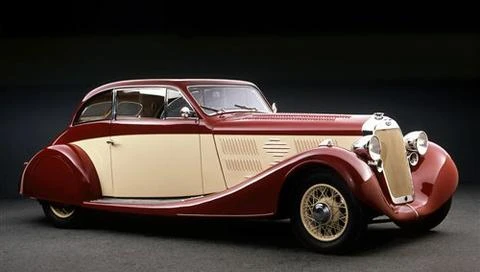
But the economic crisis of the 1950s made all niceness invisible. Delage’s sales of premium cars were worrying, and the boss Louis Delage decided to exchange technology for new life. But the cruel reality is that shortage of funds and lack of financing make Delage’s good wishes come to nothing. In the war-torn era, Delage relied on making arms to survive. Finally, in 1954, the once strong was permanently sealed in people’s memory.
Delage is one of the few disappeared French car brands. France is a country with an earlier origin of the automobile industry. At the beginning of the last century, it can be said that French car brands have achieved great success on the racing track, and world-class race like Le Mans also originated in France. Delage is also a luxury sports brand that emerged in this period, and has outstanding achievements in the history of racing.
“Classic” is called classic not only because it is difficult to reproduce, but because it can best represent the essence of a class of things. Just like these classic car brands above, they used to be glorious. Although they eventually fell, they left a lot of valuable wealth for the development of the auto industry. At the same time, their status in our hearts can never be replaced.

